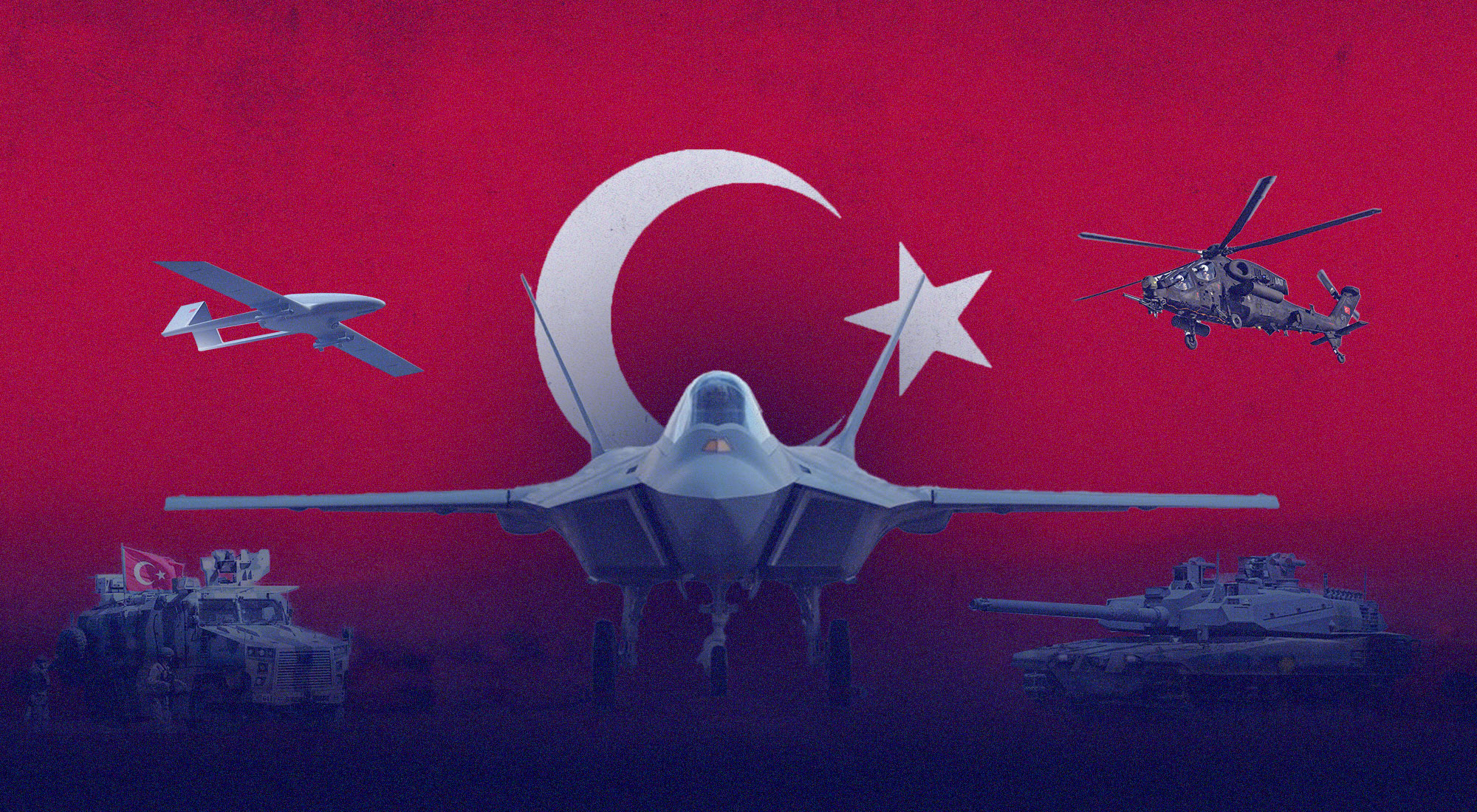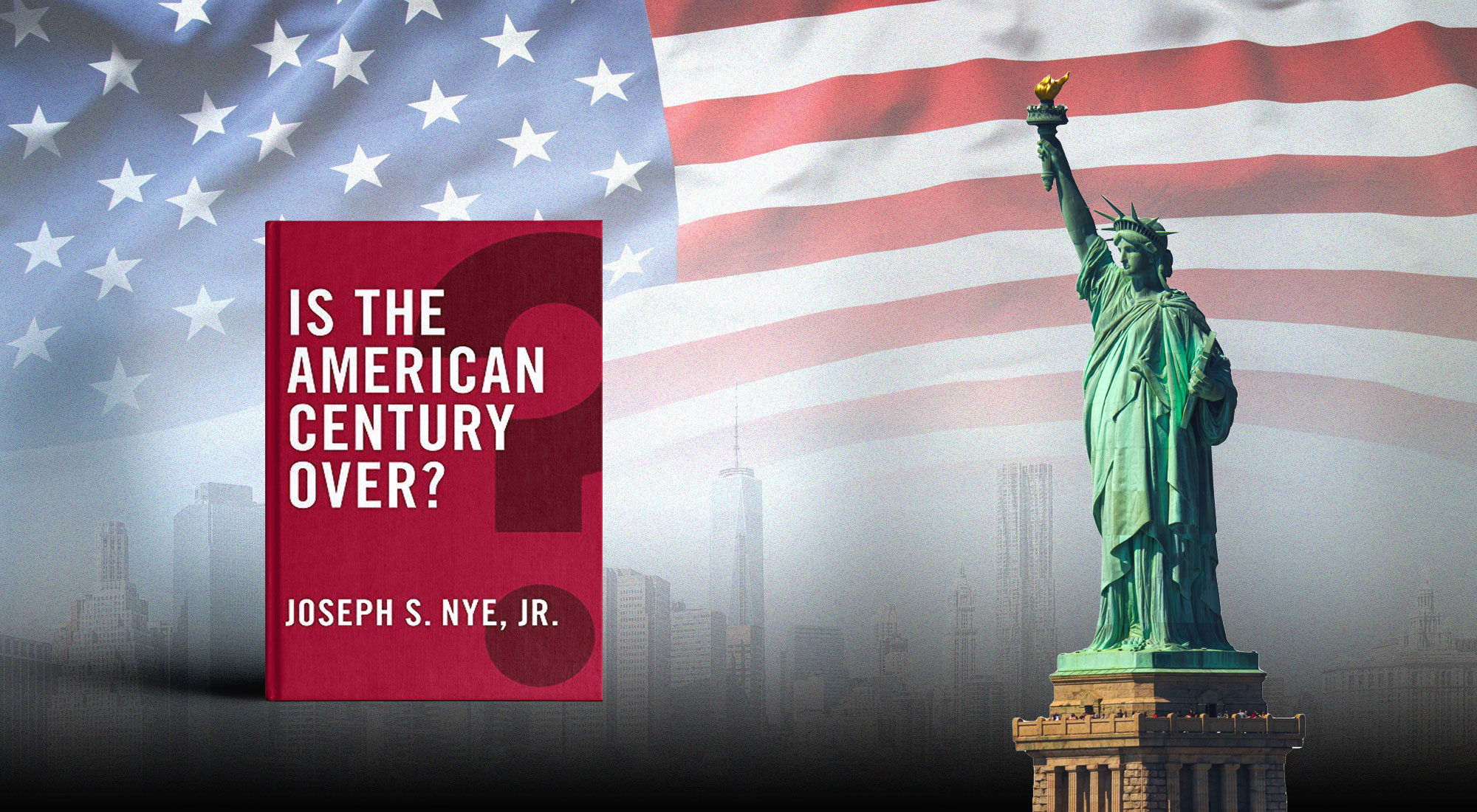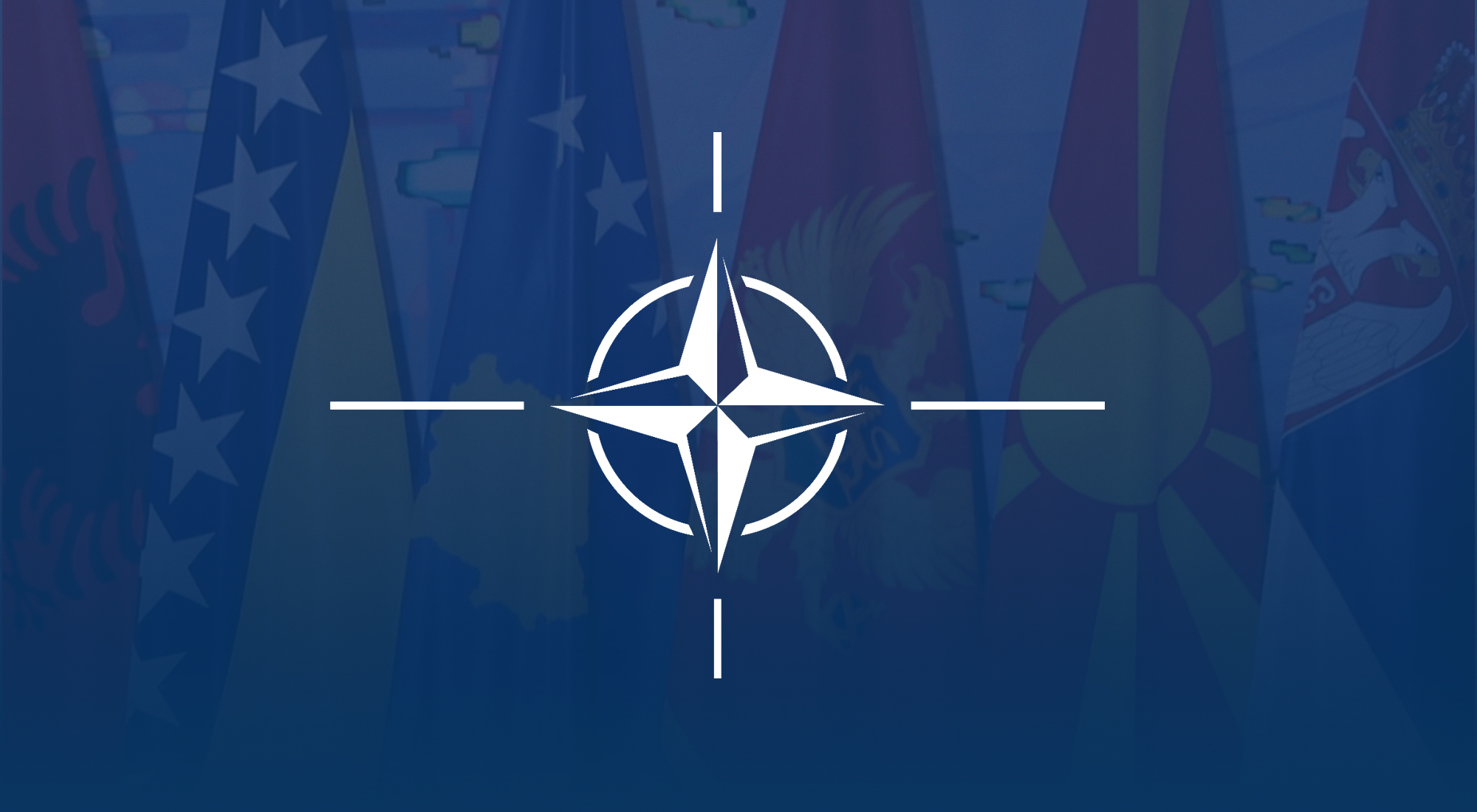In a stunning upset, businessman and former reality television show host Donald J. Trump was elected President of the United States. Winning a majority of Electoral College votes, but falling short of winning the popular vote, Trump will become the forty-fifth chief executive of the most powerful nation in the world. With the divisive campaign at an end, attention turns to how the wildly unconventional candidate may govern domestically and globally. As a candidate, Mr. Trump made the threat of terrorist violence, at home and abroad, a key issue of his campaign, and cast himself as the better choice to confront that challenge. How now will he deal with terrorism and extremism? As I have previously noted here, Mr. Trump’s counter-terror policy suggestions, which he made during the campaign may be illegal under international or domestic U.S. law, are considered ineffective, or may even be counter-productive in combatting terrorism.
There are three things that can be safely forecast about how President Trump could approach the challenges of terrorism and violent extremism. First, there is generally more constancy than major change in national security issues between administrations, even when one party replaces another. Therefore, we can expect some key (though controversial) elements to continue, but some notable discontinuity is probable. Second, it was apparent that as a candidate Mr. Trump was less concerned about the domestic politics of other countries than he was about the domestic security of the United States and its citizens and U.S. interests abroad, advancing an “America First” philosophy. Finally, where a choice is available between adopting a law-enforcement approach to terrorism or a militaristic response, one can expect the Trump administration to opt for the latter.
“Plus ça change…”
First, between U.S. administrations, there is usually more constancy than change in major national security issues between administrations—even when one party replaces another. Three key pieces of the United States’ counter-terrorism mission bear witness to this: a.) the perception that the United States is engaged in an on-going armed conflict, b.) the “targeted killing” program, especially the use of unmanned aerial systems (also known as drones) in the execution of those strikes, and c.) the continued operation of the Guantanamo Bay detention facility. It is readily apparent that President Obama’s administration believes itself to be “at war” with al-Qaeda and associated groups. The existence of an on-going armed conflict has been reiterated many times over the past fifteen years. There is nothing to indicate that Trump’s administration will have a different view. Related to this, though President Bush began the so-called “drone program” early in his administration, President Obama fully embraced the platform to find and kill terrorists abroad, justifying those actions by the existence of an ongoing armed conflict. Trump will very likely retain targeted killing as a feature of the United States’ counter-terror mission. Finally, when President Obama entered office, he signed an executive order to close the Guantanamo Bay facility, having inherited it from President George W. Bush. When President Trump is inaugurated, that detention facility will still be open and serving—albeit to a much smaller population. The symbolic relevance of Guantanamo continues to resonate in the U.S. approach to countering extremism and Trump has already stated he will be continuing its use.
True to a turbulent, unpredictable, and vague candidacy, notable discontinuity in the counter-terrorism/counter extremism issue area is also evident. Emerging from his role as an unconventional candidate in a difficult campaign, Trump’s presidency could very well depart from previous patterns of constancy. With respect to Daesh (ISIS/ISIL), Candidate Trump cast himself as the only person able to defeat that terror group—indeed at times he seemed to think he was the only person who truly understood them. Regarding Syria, Trump’s ambiguity regarding Bashar al-Assad, who recently called Trump a “natural ally” against terrorism in Syria, is very troubling; his relationship with Russia’s Putin is well known. The complexity of the fight against Daesh in Syria is immense and Trump’s administration will very likely be constrained by the simple dearth of practical options there. Aligning with Russia and not actively opposing the Assad regime would represent a dramatic reversal of U.S. policy, possibly so dramatic that it proves impossible to accomplish. At least, it is reasonable to expect that current assistance to anti-Assad/anti-Daesh rebel groups in Syria will be severely curtailed if not halted entirely; Trump’s pick to become the Director, Central Intelligence Agency (CIA), Mike Pompeo was severely critical of those programs when he served as a member of the U.S. House Intelligence Committee. Regarding the fight against Daesh in Iraq, Mr. Trump’s comments as a candidate seemed to indicate that he was unaware of some relevant requirements of the law of armed conflict; for example, a requirement to provide advance warning to non-combatants of imminent military operations in their vicinity or restrictions on seizing non-military assets.
“America First”
Second, Trump appears to be less concerned about how other countries are governed than he is about what is happening at home in the United States. For the United States’ counter-terror mission and efforts to counter violent extremism, this will likely mean more domestic intelligence gathering in the U.S. and less active pressure on foreign governments to address violent extremism within their own borders. . Such a “laissez-faire” approach resembles a very old international political custom of “Westphalian Sovereignty” as was recently noted by political scientist Stephen Walt. Walt suggests that such a “Peace of Trumphalia” would mean that the United States refrains from interfering in the domestic political affairs of sovereign states, will not engage in “regime change” or “nation building” and continue to respect mutual defense treaties. Thus, in its counter-terror and counter violent-extremism operations, unless a real threat emerges against the United States territory, its citizens or national interests abroad, the United States will do little to intervene. However, given that Trump appears to be seriously considering former New York Mayor Rudolph Giuliani as Secretary of State, a man for whom the September 11, 2001 terror attacks were a transformative event in his political life, a return to a more aggressive foreign counter-terror program may be just as likely.
Domestically, it is sensible to expect that under President Trump, intelligence gathering in aid of detecting and disrupting terrorism at home will be given a high priority and intelligence agencies given greater latitude to conduct surveillance operations. Candidate Trump expressly called for greater surveillance of certain mosques in the United States and touted his “extreme vetting” visa plan. Trump’s nomination of Senator Jeff Sessions as Attorney General and Mike Pompeo as CIA Director, are strong indicators of this. Sessions would be in a position to legal justifications for Mr. Trump’s immigration and surveillance proposals, while Pompeo has been a strong advocate of the USA PATRIOT Act and enhanced electronic surveillance. One can also expect that the currently favored “countering extremism” language will be traded out for Mr. Trump’s preferred nomenclature for whom he perceives is the enemy: “radical Islamic terrorism,” something strongly indicated by early nominations for key posts. The implication of these together may be that the counter-terror/counter extremism missions will be more reactive to disrupt threats as they arise, rather than proactively attempting to disable or remove radicalizing influences or conditions that lead to political violence. Muslim institutions in the United States will likely be the focus of this activity; such policies are likely to be counter productive in furthering tolerance and understanding, key aspects for preventing the descent into extremism.
Aggressively Defensive
Lastly, the Trump administration will tend to favor the use of military force over a law-enforcement approach in its counter-terror and counter extremism mission. Generally, favoring military force means using the armed forces (and para-military forces) to search for and kill terrorists abroad, capturing individuals when possible and interrogating them for intelligence gathering purposes, then detaining them without trial as enemy combatants in an armed conflict. In contrast, a law-enforcement approach treats those suspected of being involved in terrorism or violent extremism as criminals and their operations as a criminal enterprise. It does not necessarily mean that it is entirely reactive, i.e., a crime is committed, then work is done to find and then prosecute the perpetrators of the crime. Law enforcement can be pro-active to detect and disrupt plans that are underway, but have not yet been carried out. The bar for when lethal force is allowable is higher in the law-enforcement approach, while in a war-fighting approach, the application of lethal force is allowable against anyone determined to be a combatant. As with most complex issues, there are advantages and dis-advantages to both.
As a candidate, Mr. Trump indicated his preference for forceful action by claiming that “torture works” in counter-terrorism, by advocating killing the family members of terrorists, indiscriminately bombing terrorist formations, and destroying oil infrastructure. The extent to which any of these proposals might become in fact policy is impossible to forecast with certainty, however, they may indicate underlying preferences. The nomination of retired Lieutenant General Michael Flynn as National Security Advisor is a good indication of an aggressive, military-led counter-terror strategy. The former military intelligence officer is on record keeping the greatest number of options for collecting intelligence open, and has implied a strong connection between Islam in general and contemporary terror threats.
If one squares Trump’s aggressive counter-terror policy suggestions with his stated distaste for large-scale military adventures abroad, then one could expect a continued reliance on covert operations to kill individual terrorists abroad, which, as noted above, would not be very different from President Obama’s approach. Of course, Mr. Trump could reverse President Obama’s downward trend in the U.S. drone campaign. Perhaps most plainly, there is little to indicate that President Trump’s counter-terrorism and counter extremism strategy will have much room for investigating “root causes” of terrorism, or for putting political violence into broader context.
Predicting the Unpredictable
In an election that defied prediction throughout its extremely long, excruciating process, any forecast is a gamble. As a new administration takes over planning and executing the United States’ counter-terrorism mission, one make safely expect more continuity than radical change, which means that key elements of that mission under President Obama will likely remain, but indicators for some notable change are emerging. As a candidate, Donald Trump seemed to be less concerned about the domestic politics of other countries as he was about the domestic security of the United States and its citizens and interests abroad. This indicates that his administration will focus more narrowly on domestic security concerns, perhaps more reactively detecting terrorist activity than removing radicalizing influences and conditions that lead to political violence in the first place. Finally, Mr. Trump’s aggressive counter-terror statements during the campaign indicate that in the future he may prefer military force over a law-enforcement approach to the counter-terror and counter extremism challenge.
Candidate Trump was at times inconsistent or at least not terribly specific during the campaign (as most candidates are) and it was often difficult to determine the depth of his knowledge on the policy choices available, the transition has had some shake-ups already, and Trump has “walked-back” some of the things he said as a candidate. Changes in his transition leadership have been most acute in the national security and foreign policy issue areas. Yet, historically, new administrations have taken three weeks or more after an election to announce their first cabinet appointments, so this is still very early in the process. Some have predicted that those closest to the future President will be relative novices in their new appointments. Much has been made out the fact that Washington, D.C. was literally built on a swampy marsh. Even now, it is an infamously difficult terrain to master without help from experienced guides. An inexperienced, isolated administration slogging through that ground will find effectiveness in countering terrorism and extremism, elusive.








